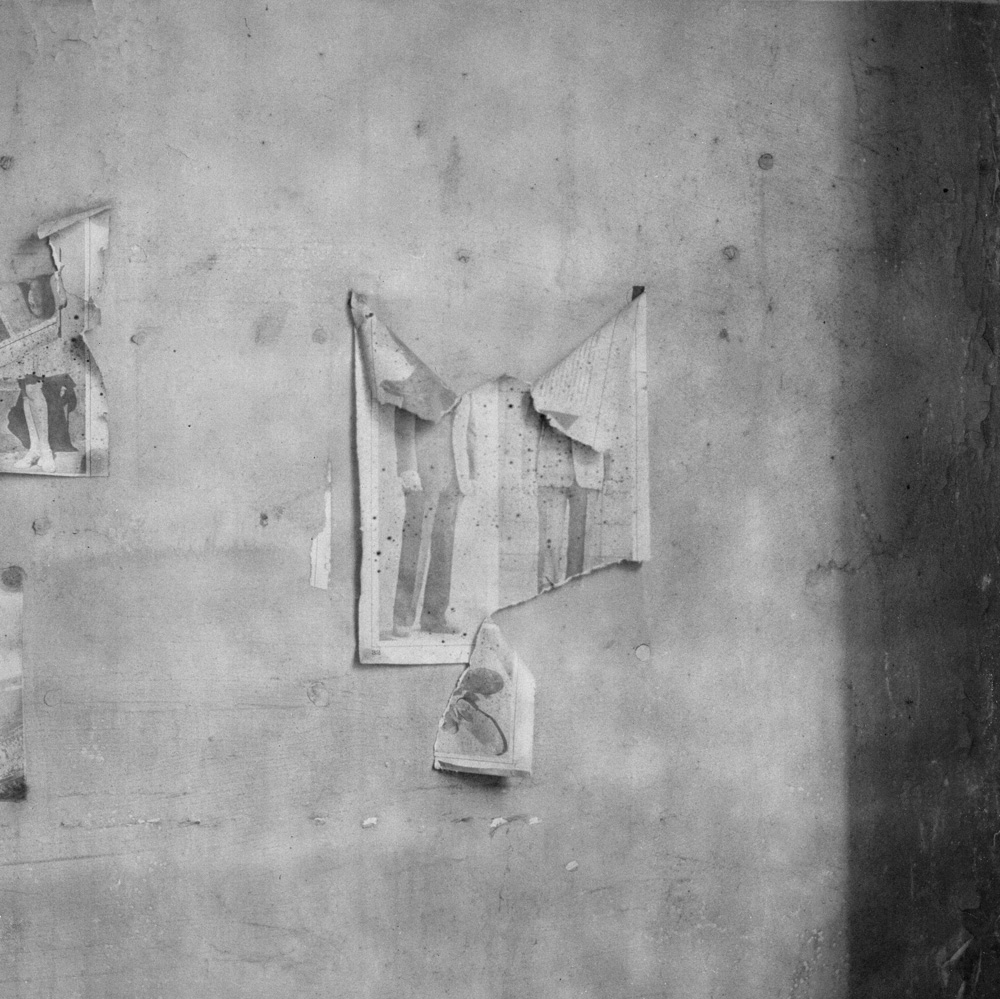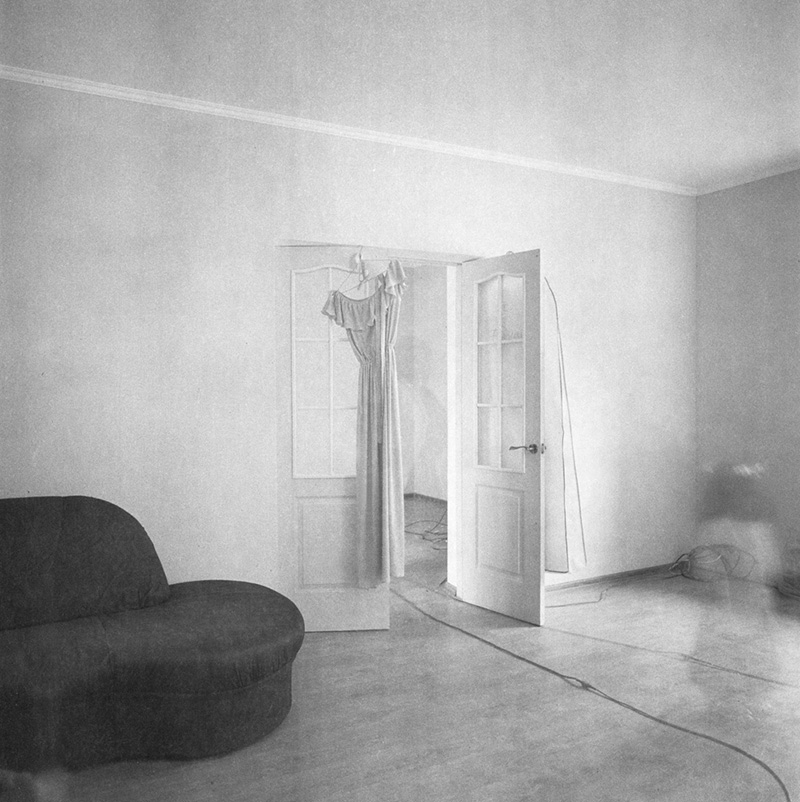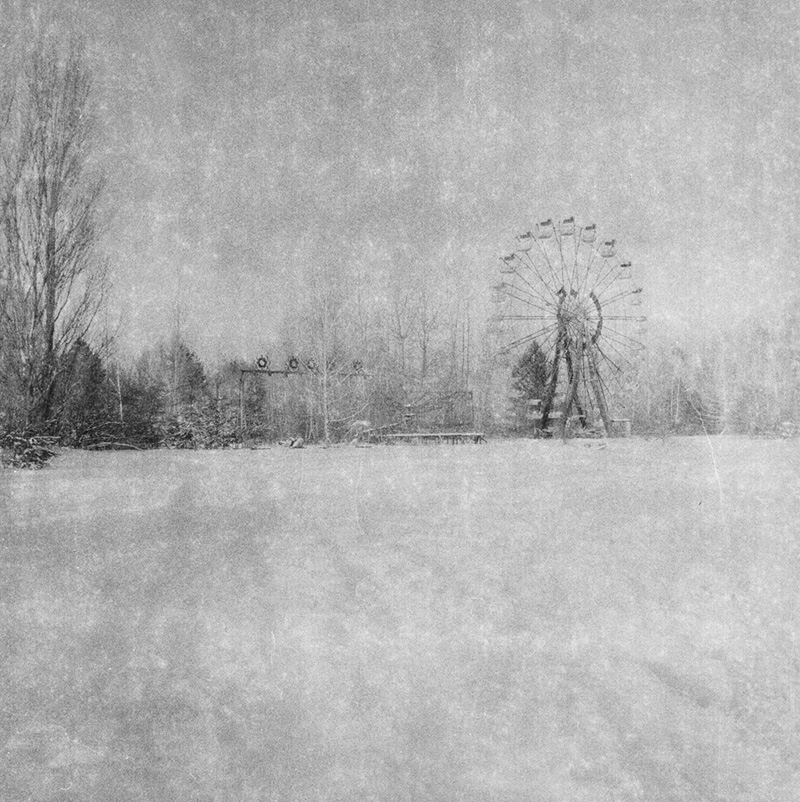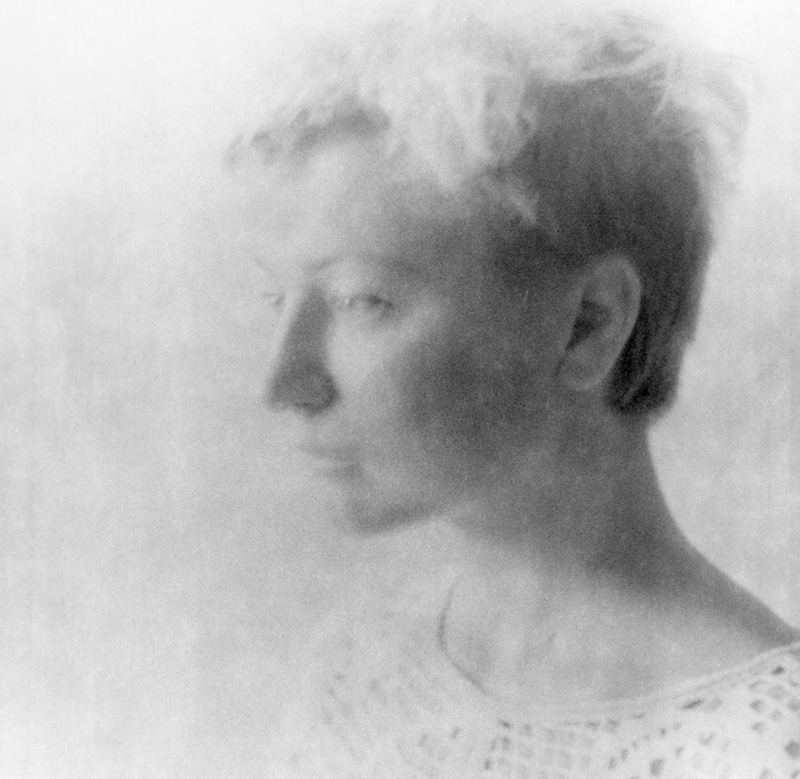EXPOSITION
ZONES
KAZUMA OBARA
FABRIKculture Hégenheim
La série
Exposure représente 30 années de la vie de Mariia née à Kiev à 100 km au sud de Tchernobyl, cinq mois après la pire catastrophe nucléaire jamais connue, survenue en 1986 sur le site nucléaire de Tchernobyl. Son handicap, causé par une thyroïdite chronique, n'est pas pas visible aux yeux des autres. Toutes les photos ont été prises sur de vieux films négatifs couleur ukrainiens trouvés dans la ville abandonnée de Pripyat, située à 2 km du site. Les images ont été surexposées entre une et cinq minutes. C’est un processus expérimental qui lors du développement des photos a provoqué des halos et a effacé de nombreux détails sur les images. Le titre
Exposure a trois significations : exposer un film photographique à la lumière et révéler un fait inconnu au public, mais aussi le fait d’être exposée aux radiations causées par l'accident nucléaire de Tchernobyl. Tout comme la vie de Mariia est restée dans l’obscurité, le film utilisé par Kazuma Obara pour ce projet a été conservé dans l’obscurité, avec des matériaux radioactifs à Pripyat, pendant trente ans.
Kazuma Obara (né en 1985) est un photojournaliste vivant au Japon. C’est un photographe associé de l'agence photo suisse Keystone. À la suite du tsunami et de la catastrophe nucléaire de 2011, il a commencé à documenter la zone sinistrée de Fukushima. Il a été le premier photojournaliste à photographier l'intérieur de la centrale nucléaire de Fukushima Daiichi. Les images ont été réunies dans
Au-delà de Fukushima (Edition Lars Müller, 2012). En 2014, il publie
Histoire silencieuse, un livre consacré aux victimes de la Seconde Guerre mondiale au Japon. Le livre a été sélectionné pour Paris Photo-Prix du meilleur livre photo et une nouvelle édition du projet a été publiée par l’Editorial RM en 2015. Il continue de se concentrer sur les problèmes de main-d'œuvre dans l'industrie nucléaire et son dernier projet se concentre sur les victimes de l'accident nucléaire de Tchernobyl. Son travail sur Tchernobyl a reçu le premier prix du World Press Photo en 2016 dans la catégorie « Personne de l’actualité ».
This series of pictures represent the last 30 years of the life of an invisible girl who has been affected by the Chernobyl disaster. 5 months after the world’s worst nuclear accident happened in 1986 at the Chernobyl nuclear site, a girl, Mariia was born in Kiev which is located 100 km south of Chernobyl. Her disability which have been caused by chronic thyroiditis is not obvious to the other people. Her scar is invisible and nobody can understand her harsh life without explanation. All the pictures were taken on old Ukrainian colour negative films which was found in the abandoned city named Pripyat, located 2 km from the site. Pictures were overexposed between one and five minutes. And experimental process on developing caused halation and erase many details on the pictures. Those abstract images give the space to the readers and texts (Originally this project consists of series of pictures and long interview with Mariia) evoke the reader’s imagination to feel at least a tiny little part of her long lasting, invisible pain. The title ‘Exposure’ has triple meaning. As a technical term of photography it means to expose a photographic film to light. The term also signifies to reveal an unknown fact to the public. And last but not least, the exposure to radiation caused by the Chernobyl nuclear accident. Just as Mariia’s existence remained obscure and her stories did not see the light of day, the film I used for this project were kept in the darkness for thirty years with radioactive materials in Pripyat. I, as a photographer, pour the light into the exposed film to reveal her existence to the world.
Kazuma Obara (b. 1985) is a photojournalist based in Japan and a partner photographer of the Swiss photo agency Keystone. In the aftermath of the 2011 tsunami and nuclear disaster, he began to document the disaster area and was the first photojournalist to photograph inside the Fukushima Daiichi nuclear power plant. He published his work on the affected area in the book Reset: Beyond Fukushima (Lars Müller Publishers, 2012). In 2014, he published Silent Histories, a book focused on the victims of World War II in Japan. The book was shortlisted for the Paris Photo—Aperture PhotoBook Award and a new edition of the project was published by Editorial RM in 2015. He continues to focus on labour issues in the nuclear industry and his most recent project focuses on the victims of the Chernobyl nuclear accident. Photographed in Chernobyl, Exposure received First Prize in the World Press Photo 2016 People category.







